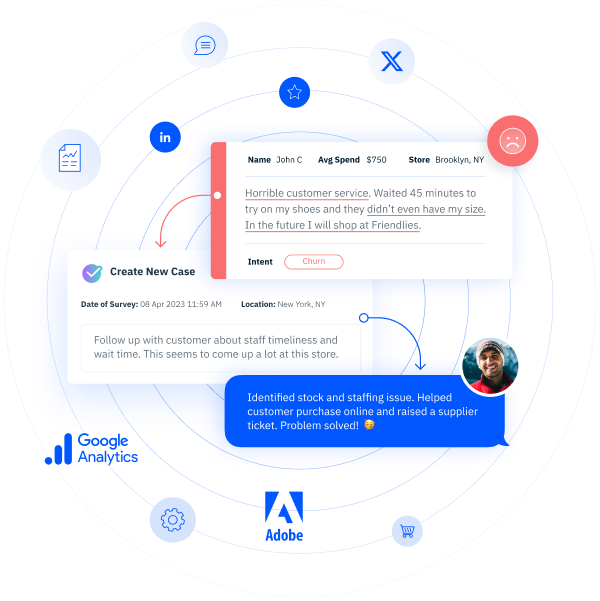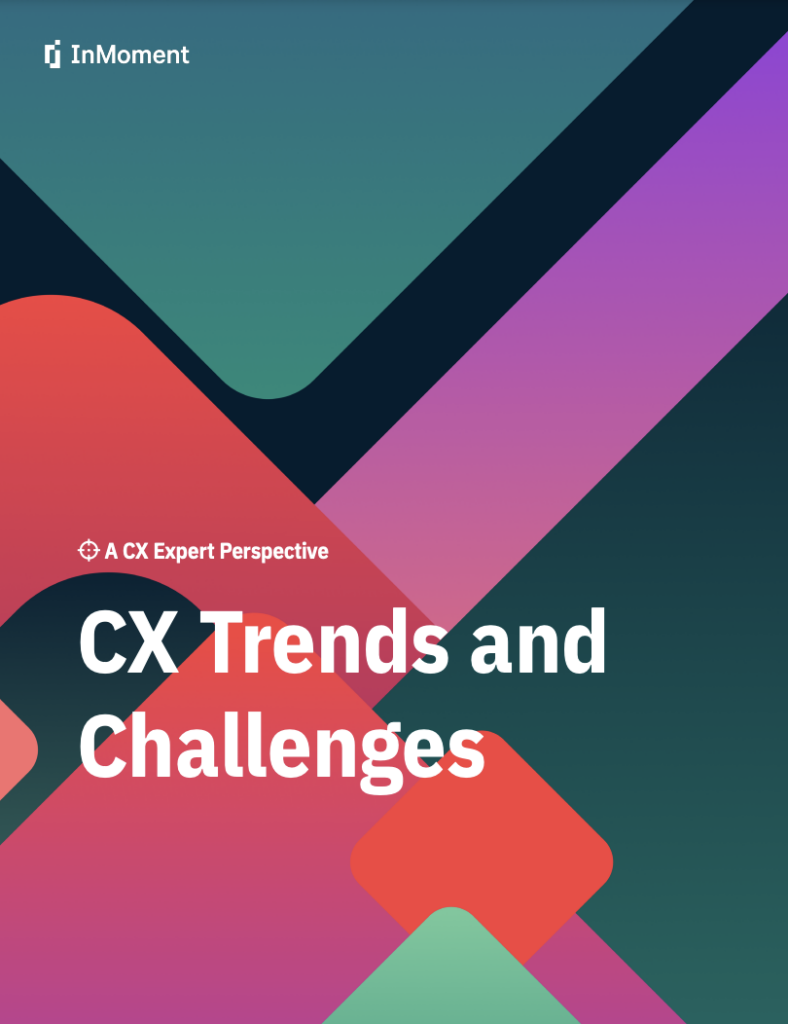Beyond Transactions: How CX, AI, and Emotion Are Driving Business Growth
Your customers are expecting more from your organization than ever before. In order to succeed, you need to prioritize customer relationships, break down data silos, and leverage AI to augment your teams.
The customer experience economy is booming, and businesses are rapidly shifting from traditional customer service models to fully immersive, experience-led strategies. It’s no longer about just resolving customer issues—it’s about crafting meaningful, emotionally resonant experiences that drive loyalty and commercial success. But how exactly are businesses making this transition?
The Rise of the Experience Economy
Brands are recognizing that the quality of experiences significantly influences customer choices, so making experience-led engagement a crucial differentiator is a priority. Customers today expect more than transactions; they expect seamless, engaging, and meaningful interactions across every touchpoint—whether online, in-store, or through customer service. To stay ahead, brands need to:
- Move beyond traditional CX measurement models and capture real-time insights
- Integrate data sets to break down silos and create a clearer picture of customer needs
- Anticipate customer needs and solve problems before they arise
- Deliver moments of delight that keep customers coming back
- Foster emotional connections that drive brand loyalty
Building Deeper Connections
To maximize customer experience ROI, businesses need executive buy-in across departments. The most successful CX transformations go beyond data integration—they focus on culture, governance, and that company-wide commitment to CX excellence.
Leading companies are now integrating insights from customer care teams to identify early signals of issues, engaging in brand reputation management, and broadening their CX approach to ensure real-time responsiveness. Surveys alone no longer suffice.
By engaging both customers and employees in shaping CX strategies, businesses can also capture the moments that matter most, ensuring experiences that truly resonate and taking into account their different perspectives.
Breaking Down Silos
Those brands that embed CX into their models and tie to business outcomes are better equipped to make decisions and embed processes that allow them to:
- Identify new opportunities to deliver better outcomes for customers and the business
- Understand the tipping points that influence customer choices
- And better differentiate from competitors on experiences
Customers interact with brands across multiple channels, from customer service to social media to in-store visits. Successful customer experience strategies integrate data from various business functions to create a more unified approach. Ensuring some consistency across these touchpoints is key.
Recognizing Difference
Optimizing CX strategies requires measuring success at different journey stages in an integrated way, whilst still recognizing that the goals, expectations (both external and internal), and KPIs may well differ. Different moments along the customer journey do call for different approaches:
- Some interactions should spark delight and excitement
- Others should provide reassurance and comfort
Expectations also vary across customer segments, so balancing coherence in branding with flexibility in experience design is crucial. For example, for those businesses operating across Europe and beyond, identifying cultural differences in CX expectations is critical. While common themes exist in what customers value, brands must also respect and adapt to regional preferences to ensure meaningful engagement.
The Role of AI: Transformation
AI and Natural Language Processing (NLP) are transforming CX by providing deeper insights and answers at scale to these types of questions. For example, sentiment analysis, emotion detection, and predictive analytics allow businesses to better understand customer intent, effort, and satisfaction. And at a scale and breadth that was previously much harder to realise.
To create meaningful engagement, brands must ask themselves the following questions:
- What emotions and memories do we want to create for our customers?
- How well do we understand customer values across different segments?
- What rituals should we retain (both for customers and employees) as the risks outweigh the rewards of change?
And build their experience design and measurement around these insights.
AI as an Enabler, Not a Replacement
From an experience design perspective, most businesses may initially approach AI as a tool for speeding up processes, but its real potential actually lies in augmenting human teams.
AI should be used to:
- Blend AI-driven insights with human empathy to create intelligent, emotionally resonant interactions
- Allow employees to focus on high-value interactions through automating efficiency where it adds value
AI-driven personalization must be approached with careful consideration. Just because brands can personalize an experience doesn’t mean they always should. Customers want to feel valued and understood, but over-personalization can sometimes feel intrusive or inappropriate. The key is to make customers feel heard and respected, not overwhelmed, in the moment.
Brands that test and refine their AI strategies over time will find the right balance between automation and human touch. We all need to get engaged in this approach and get started.
CX as a Strategic Growth Engine
Customer experience is no longer just a support function—it has evolved into a core business strategy that drives profitability, market differentiation, and long-term growth.
CX is the future of business success. The brands that prioritize experience-led strategies will not only meet customer expectations but exceed them—creating deeper relationships, stronger loyalty, and long-term growth.
Building a Future-Proof Strategy
To succeed in CX transformation, brands must:
- Develop a clear plan, including the usage of AI, tied to strategy and business goals
- Foster a culture that balances risk and reward by embracing a test-and-learn mindset
- Continuously recognize and share progress, both internally and with customers
Want to learn more?
Watch our latest video where Pearl-Plaza expert Simon Fraser, VP of Insights and Consulting, is interviewed by CX Live. He explores how businesses are redefining CX for the experience economy:






